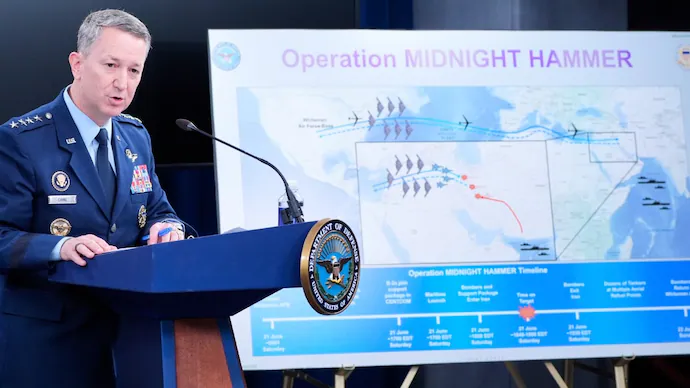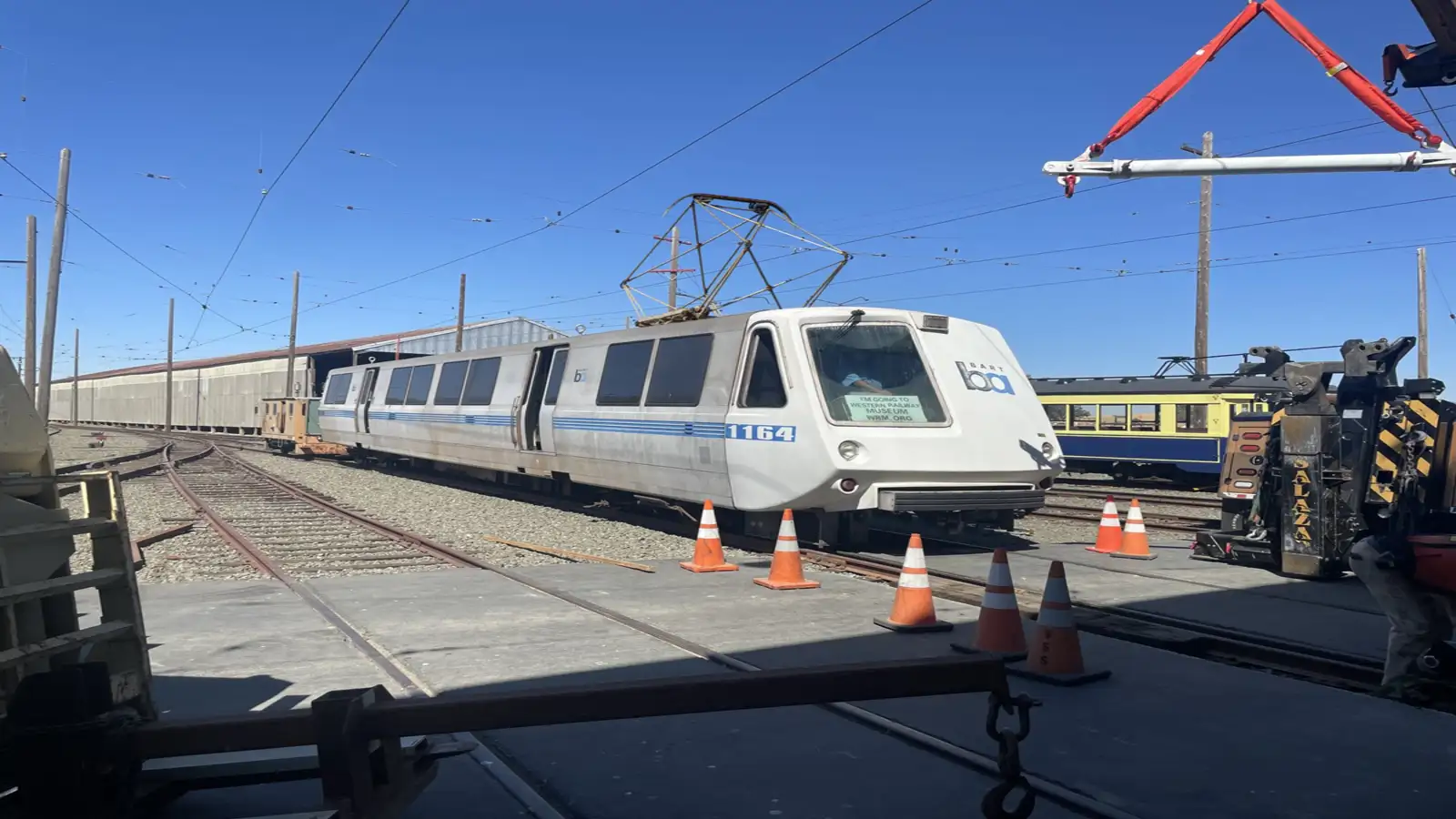Operation Midnight Hammer: Inside the Largest B-2 Bomber Strike in U.S. Military History
In a historic and high-stakes military operation, the United States launched a powerful aerial assault on three Iranian nuclear facilities—Fordow, Natanz, and Isfahan—under the codename Operation Midnight Hammer. The Pentagon has called it “the largest B-2 operational strike in U.S. history.”
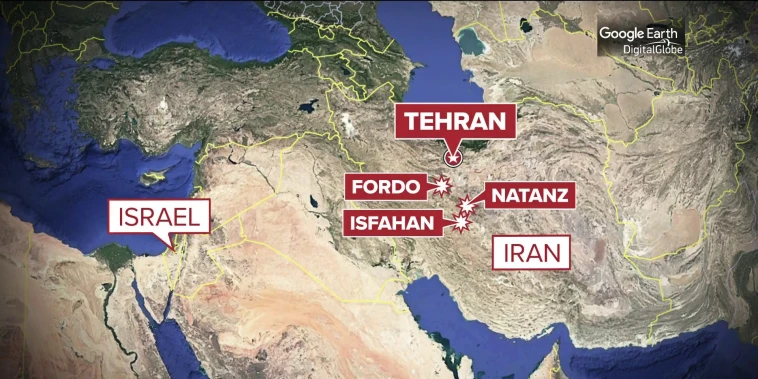
Massive Coordinated Attack with Advanced Tactics
The operation involved more than 125 U.S. aircraft, including seven B-2 Spirit stealth bombers, dozens of air-to-air refueling tankers, fifth-generation fighters, surveillance drones, and a guided missile submarine. The mission also marked the first-ever combat deployment of the 30,000-pound GBU-57 Massive Ordnance Penetrators (MOPs)—known as “bunker-busters.”
Defense Leadership Holds Pentagon Briefing
Following the successful strike, Secretary of Defense Pete Hegseth and Chairman of the Joint Chiefs of Staff Gen. Dan “Razin” Caine held a press conference at the Pentagon. Hegseth emphasized that while the operation was “intentionally limited in scope,” it was a clear demonstration of the “nearly unlimited capabilities” of the U.S. military.
Gen. Caine provided a detailed timeline and described the high-level deception tactics that ensured the mission’s success and maintained the element of surprise.
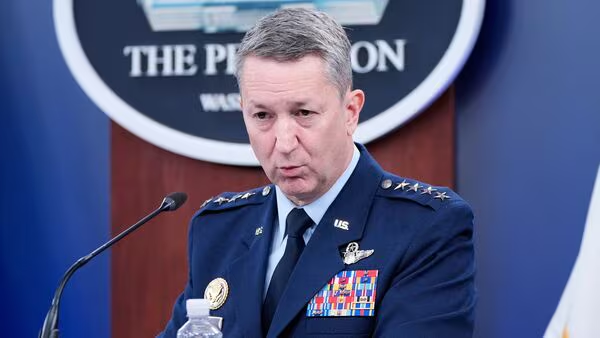
Key Moments in Operation Midnight Hammer
Deception Phase – 12:01 a.m. EST, Saturday
The mission began at 12:01 a.m. EST with a decoy flight of B-2 bombers heading west over the Pacific, meant to confuse enemy radar. Only a select few senior officials and planners were aware of the ruse.
Main Strike Force Launch – 18-Hour Journey
Seven B-2 bombers departed Whiteman Air Force Base in Missouri, flying a covert 18-hour round-trip with minimal communication. En route, they were refueled multiple times mid-air and eventually linked up with fighter escorts and support aircraft from U.S. Central Command in a highly synchronized maneuver over a narrow corridor of airspace.
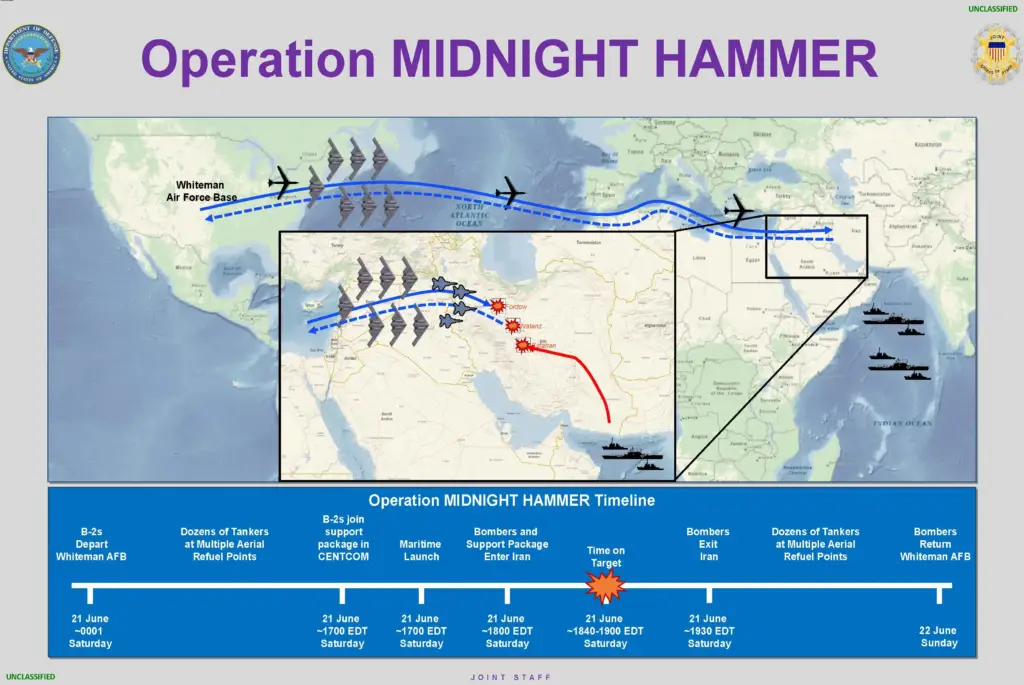
Submarine-Launched Cruise Missiles – 5:00 p.m. EST
As the strike force approached Iranian airspace, a U.S. Navy submarine launched more than 24 Tomahawk cruise missiles targeting critical surface infrastructure. These strikes acted as a preliminary offensive, softening enemy defenses and drawing attention away from the main aerial assault.
Air Supremacy and Electronic Warfare
Simultaneously, support aircraft surged ahead to suppress enemy radar and missile systems, ensuring a clear path for the stealth bombers. Caine reported no enemy fighters took flight, and Iran’s surface-to-air missile systems did not engage—highlighting the surprise and success of the operation.
The Strikes – 6:40 p.m. EST
At 6:40 p.m. EST (2:10 a.m. in Iran), the first B-2 bomber struck the Fordow nuclear facility, dropping two GBU-57 bunker-busters on its fortified underground chambers. In total, 14 such bombs were deployed on Fordow and Natanz, followed by precision Tomahawk missile strikes on the Isfahan site.
The use of the GBU-57 marked the first time this weapon was used in combat. Each bomb weighs 30,000 pounds and is designed to penetrate deep underground targets, such as Iran’s heavily fortified nuclear complexes.
Safe Exit – No Detected Retaliation
After delivering their payloads, all U.S. aircraft safely exited Iranian airspace and returned to base. According to Gen. Caine, no shots were fired at the aircraft, and Iranian air defense systems failed to detect or respond to the strike.
“Iran’s fighters stayed grounded, and it appears that their radar never saw us,” Caine said. “We retained full strategic surprise.”
A Historic First for U.S. Airpower
This unprecedented operation demonstrated not only the strategic reach of the U.S. military, but also its unmatched coordination and global readiness. Gen. Caine summarized the mission as follows:
“No other military on Earth could have executed this operation. This was a testament to the planning, precision, and professionalism of America’s armed forces. From concept to global execution—it took just weeks.”
In total, the U.S. military deployed approximately 75 precision-guided munitions, including the historic use of 14 GBU-57s, across the coordinated strike.

